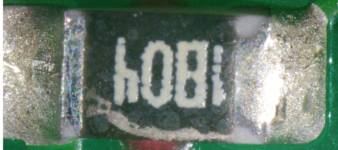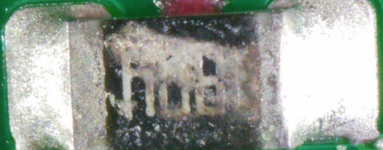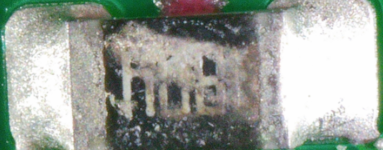14_powerelectronics
Newbie
There was a led light output blinking problem. While i was examining the board I saw a white residue on the SMD resistors which was place next to the bridge rectifier.The resistors was used as ACDC and it is going to the µC. This device was used in Sydney. Preliminary examination lead to the conclusion that, this might be a salt or flux residue. Has any one ever seen such phenomenon?


